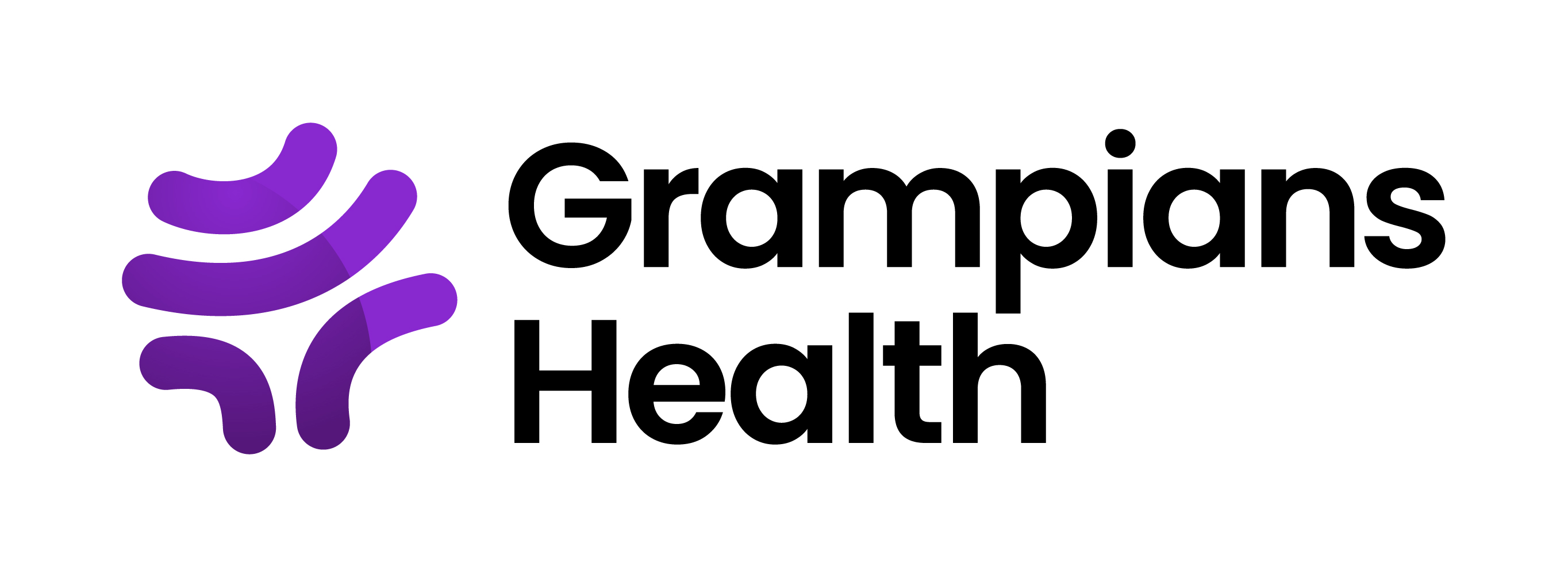Please use this identifier to cite or link to this item:
http://hdl.handle.net/11054/1503Full metadata record
| DC Field | Value | Language |
|---|---|---|
| dc.contributor | Rawstron, Jonathon | en_US |
| dc.contributor | Cartledge, S. | en_US |
| dc.contributor | Islam, S. | en_US |
| dc.contributor | Wallen, M. | en_US |
| dc.contributor | Grace, F. | en_US |
| dc.contributor | Evans, Luke | en_US |
| dc.contributor | Amerena, J. | en_US |
| dc.contributor | Maddison, R. | en_US |
| dc.date.accessioned | 2020-01-17T05:03:17Z | - |
| dc.date.available | 2020-01-17T05:03:17Z | - |
| dc.date.issued | 2019 | - |
| dc.identifier.govdoc | 01462 | en_US |
| dc.identifier.uri | http://hdl.handle.net/11054/1503 | - |
| dc.description.abstract | Aim:Exercise is a key component of cardiac rehabilitation (CR) but access to traditional face-to-face services is a major participation barrier outside metropolitan areas. Use of emerging technologies to deliver real-time remote exercise supervision has proven to be effective and affordable in scientific trials, but processes required to successfully bridge the gap to clinical practice are unknown. Methods: Methods: We are engaging CR healthcare consumers, professionals, and managers/executives in a 3-phase multisite implementation study to create and evaluate context-specific strategies that promote successful, scalable, sustainable translation of real-time cardiac telerehabilitation into clinical practice. Study phases include qualitatively identifying important factors that contribute to successful translation, co-designing a toolkit of actionable, context-specific strategies to guide translation initiatives, and testing the toolkit in a small pilot implementation study. Results: Results: Study phase 1 is in progress but key practical learnings about academic-clinical partnerships have already emerged. Alignment between academic objectives and clinical needs is not always a fast-track to success, communication is complex, and key translational issues may arise before the study designed to investigate them has even started. Conclusion: Conclusion: Journeying across the translational gap is fraught with challenge but academic-clinical partnerships are essential to realise the potential impact of telerehabilitation on service access, delivery, and outcomes. Readiness for bilateral contribution seems important to turn ‘collaboration’ into ‘partnership’. | en_US |
| dc.description.provenance | Submitted by Gemma Siemensma (gemmas@bhs.org.au) on 2020-01-09T05:08:01Z No. of bitstreams: 0 | en |
| dc.description.provenance | Approved for entry into archive by Gemma Siemensma (gemmas@bhs.org.au) on 2020-01-17T05:03:17Z (GMT) No. of bitstreams: 1 Rawstorn et al_Western Alliiance Symposium 2019.pdf: 4188705 bytes, checksum: b5bf862292e93bd3271abdfb23424b67 (MD5) | en |
| dc.description.provenance | Made available in DSpace on 2020-01-17T05:03:17Z (GMT). No. of bitstreams: 1 Rawstorn et al_Western Alliiance Symposium 2019.pdf: 4188705 bytes, checksum: b5bf862292e93bd3271abdfb23424b67 (MD5) Previous issue date: 2019 | en |
| dc.title | Mind the Gap! Challenges translating cardiac telerehabilitation research into practice. | en_US |
| dc.type | Conference | en_US |
| dc.type.specified | Presentation | en_US |
| dc.bibliographicCitation.conferencedate | 2 - 4 November | en_US |
| dc.bibliographicCitation.conferencename | Western Alliance Sixth Annual Symposium | en_US |
| dc.bibliographicCitation.conferenceplace | Ballarat, Australia | en_US |
| dc.subject.healththesaurus | IMPLEMENTATION SCIENCE | en_US |
| dc.subject.healththesaurus | TELEREHABILITATION | en_US |
| dc.subject.healththesaurus | CARDIAC REHABILITATION | en_US |
| Appears in Collections: | Research Output | |
Files in This Item:
| File | Description | Size | Format | |
|---|---|---|---|---|
| Rawstorn et al_Western Alliiance Symposium 2019.pdf | 4.09 MB | Adobe PDF |  View/Open |
Items in DSpace are protected by copyright, with all rights reserved, unless otherwise indicated.
